
Hi everyone. My name is Joel Smith and I’m the Art Director on PlayStation VR Worlds. I’ve been working on the game since the very beginning, and as we finally approach the launch, I’m excited be able to tell you more about the project and how it was brought to life.
In virtual reality, art really comes into its own: it’s engrossing and compelling and it allows us to push the boundaries of what art can do. In VR, the art direction is about much more than simply what the game looks like — it’s about how it makes the player feel.
With this in mind, I wanted to dial the artwork up to 11; to make it more exciting and compelling than simple reality. Instead of a strictly “virtual” reality, think of PlayStation VR Worlds as an exaggerated, “theatrical” reality.
Like all good drama, the result has to be a believable, engrossing world, but one that’s also more dramatic and exciting than real life. This exaggerated reality allows us to shape the player’s experience in a number of ways:
Firstly, it leads the player on an emotional journey. To take Ocean Descent, for example: a schematic chart was developed in pre-production and plots not only the player’s physical journey, but also their emotional journey. The artwork plays a key part in shaping this.
In the shallows — the beginning of the journey — the shapes, color, and lighting are soft and painterly, making the player feel calm, relaxed, and allowing them to wonder at the new world they’ve entered.
But as the player dives deeper, their descent and their emotional journey becomes — both literally and metaphorically — much darker.
The soft, painterly aesthetic becomes increasingly angular, dark, and twisted. Sharp aggressive shapes, dramatic lighting contrasts, and violent bursts of red punctuating the darkness: all the things combine to increase the tension and set the player’s nerves on edge.
In Scavengers Odyssey this journey is reversed. The world around you is fractured and destroyed to begin with, colors are vivid and punchy before the world becomes harmonious and structured towards the end.
Having said the artwork should be theatrical, it might seem contradictory to say it should also be believable. But think of Pixar’s animated features and the worlds they create. They’re definitely not realistic — but they’re absolutely believable.
VR Luge’s more simplistic, pared down style contrasts with the detail found in The London Heist, its strong silhouettes and bold forms aiding the exhilaration of a downhill race. Looking at the composition as a whole, at high speed, it becomes a believable world.
DangerBall is the most arcade-style game in the suite, but it too still exists in a believable world.
Its real world materials with physical properties give you a sense of being totally immersed. For example, when the ball hits the wall, the wall breaks up.
Despite its arcade style, the theatrical sense of excitement is also maintained by placing you within a colossal future sport arena — a dynamic environment, where bright colors burst against the dark space beyond.
I’ve enjoyed looking back on the project in order to share this brief insight into the art direction of PlayStation VR Worlds.
Our aim was to give you an extraordinary reality, that gives you experiences like no other. As an art director, it’s been a great experience and I’m certain the end result will be a great experience for players.



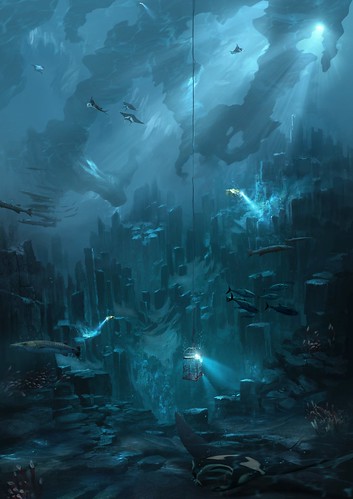
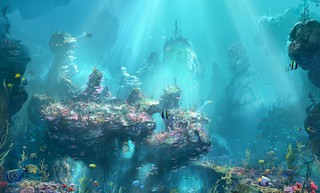
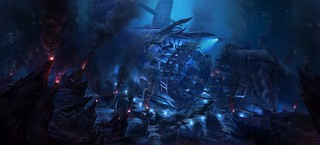
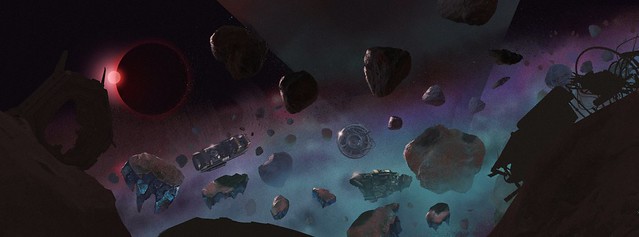
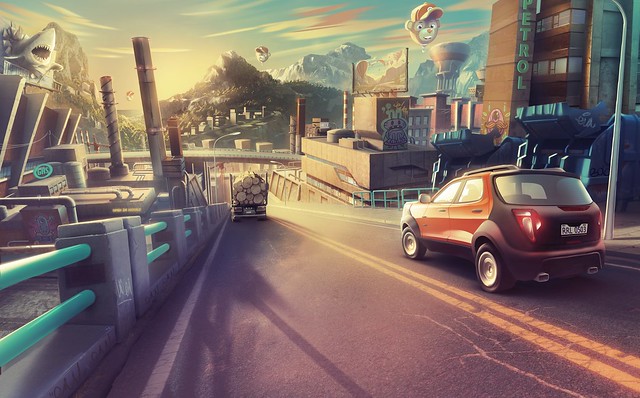
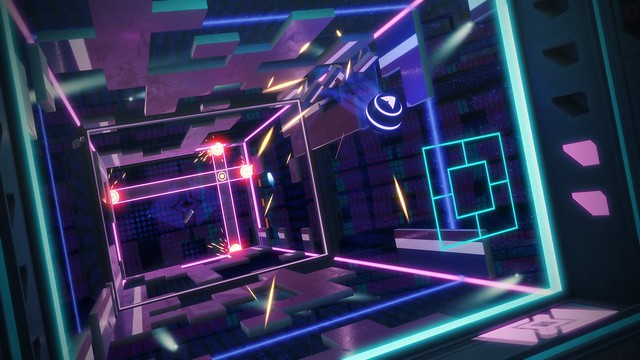








Comments are closed.
11 Comments
Loading More Comments